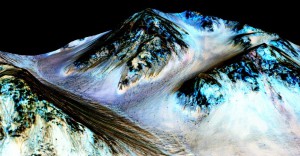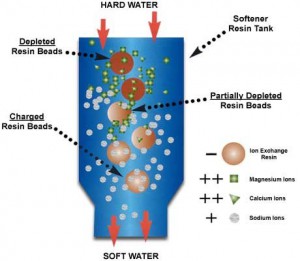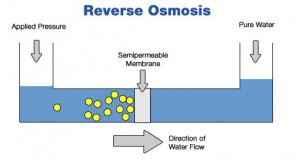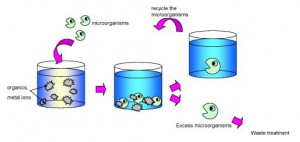NASA scientists have found evidence of liquid water on Mars, but that water is not drinkable. It is full of salts called perchlorates that can be toxic to humans. Perchlorates water is saltier than the saltiest water on Earth, which can cause thyroid problems and harm the gastrointestinal tract, skin, breast tissue and the placenta. In the extremely harsh environment on planet Mars, pure water cannot survive on the surface of Mars for longer period of time. The addition of the perchlorates from the soil alters the temperature at which water freezes or evaporates and this allow the water to stay in liquid form longer. According to Jim Green, NASA’s planetary science division director, the key to finding drinkable water on Mars will be to locate freshwater aquifers below the Mars surface. Based on data collected so far, we know that water exist, but we aren’t sure how extensive water is and where exactly is located. Green says our best chance of mapping these aquifers is with the upcoming Mars 2020 rover. Furthermore, According to the U.S. Environmental Protection Agency, there are three available methods to change the perchlorates water into the fresh water: ion exchange, reverse osmosis, or biological treatment.
The first method to change the perchlorates water into the fresh water is the Ion exchange, which is the most common method to de-perchlorate water in the United States. Ion exchange involves swapping out perchlorate ions for other molecules with the same charge. Reverse osmosis uses pressure to push a liquid through a membrane with tiny holes that only let water through. Everything else is trapped behind it. To use ion exchange method on Mars, scientists have to face a challenge of getting the equipment necessary to Mars and ensuring the technology is reliable for a mission to Mars. In addition the second method to change the perchlorates water into the fresh water is the Reverse Osmosis, commonly referred to as RO, is a process where scientists demineralize or deionize water by pushing it under pressure through a semi-permeable Reverse Osmosis Membrane. Lastly, the third method to change the perchlorates water into the fresh water is biological treatment, which means using bacteria to eat up the perchlorate. Using microbes has a clear advantage over the ion exchange and reverse osmosis methods.







